THE LEGEND OF MATA HINGLAJ

Hinglaj Mata is said to be very powerful deity who bestows good to all her devotees. While Hinglaj is her main temple, temples dedicated to her exist in neighbouring Indian states Gujarat and Rajasthan.
The shrine is known as Hingula, Hingalaja, Hinglaja, and Hingulata in Hindu scriptures, particularly in Sanskrit. The goddess is known as Hinglaj Mata (the Mother Hinglaj), Hinglaj Devi (the Goddess Hinglaj), Hingula Devi (the red goddess or the Goddess of Hingula) and Kottari or Kotavi. The chief legend of Hinglaj Mata relates to the creation of the Shakti Peethas
The Shakti Pitha are significant shrines and pilgrimage destinations in Shaktism, the goddess-focused Hindu tradition. There are 51 Shakti peethas by various accounts, of which 18 are named as Maha (major) in medieval Hindu texts.
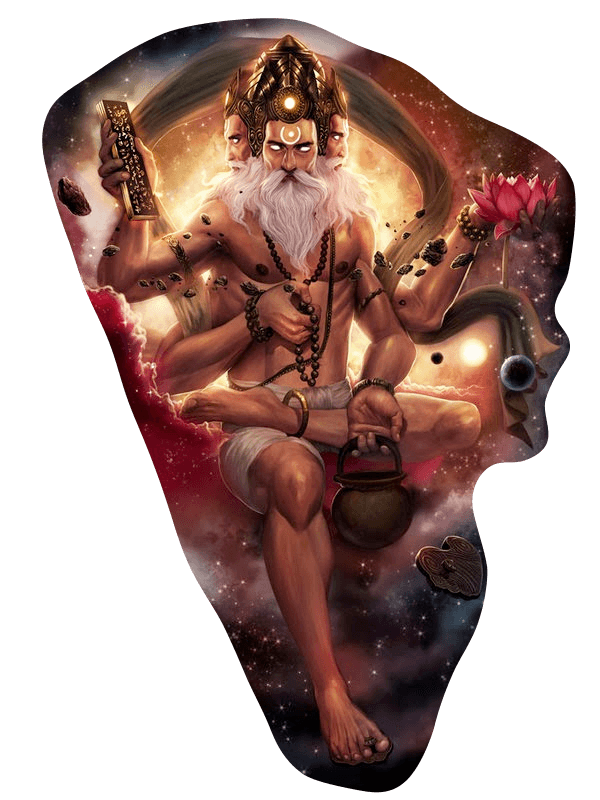 According to legend, Lord Brahma had performed a yagna (Vedic ritual of fire sacrifice) to please Shakti and Shiva to aid in the creation of the universe. As a result, Goddess Shakti separated from Shiva and emerged to help Brahma. Once her purpose was fulfilled, Shakti had to be returned to Shiva. In time, Brahma's son Daksha performed several yajnas to obtain Shakti as his daughter in the form of Sati, with the motive of marrying her to Shiva.
According to legend, Lord Brahma had performed a yagna (Vedic ritual of fire sacrifice) to please Shakti and Shiva to aid in the creation of the universe. As a result, Goddess Shakti separated from Shiva and emerged to help Brahma. Once her purpose was fulfilled, Shakti had to be returned to Shiva. In time, Brahma's son Daksha performed several yajnas to obtain Shakti as his daughter in the form of Sati, with the motive of marrying her to Shiva.
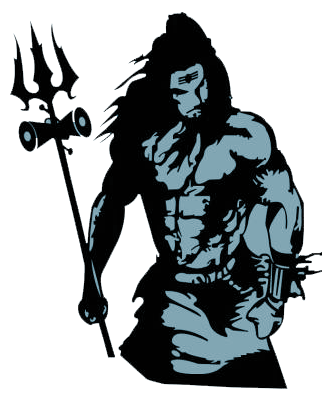 However, due to Shiva's curse to Brahma that his fifth head was cut off due to his lie in front of Shiva, Daksha started hating Shiva and decided not to let Lord Shiva and Sati get married.
However, due to Shiva's curse to Brahma that his fifth head was cut off due to his lie in front of Shiva, Daksha started hating Shiva and decided not to let Lord Shiva and Sati get married.
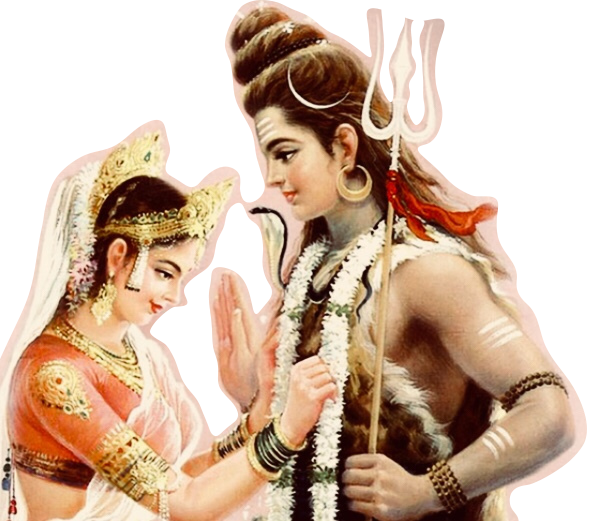 However, Sati got attracted to Shiva and finally one day Shiva and Sati were married. This marriage only increased Daksha's hatred towards Lord Shiva.
However, Sati got attracted to Shiva and finally one day Shiva and Sati were married. This marriage only increased Daksha's hatred towards Lord Shiva.
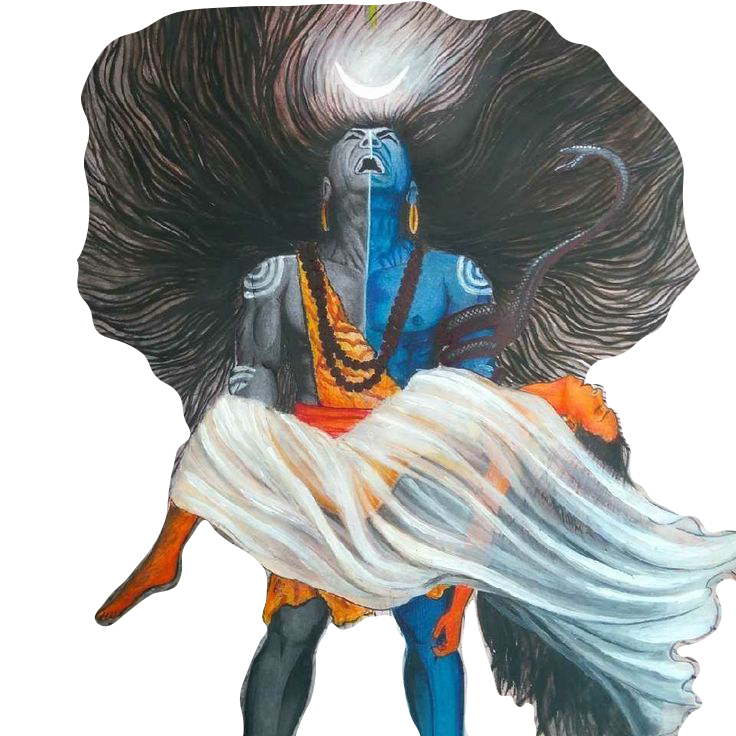 Daksha performed a yajna with a desire to take revenge on Lord Shiva. Daksha invited all the deities to the yajna, except Shiva and Sati. The fact that she was not invited did not deter Sati's desire to attend the yajna. She expressed her desire to Shiva, who tried his best to dissuade her from going. He relented at her continued insistence, Sati went to her father's yajna. However, Sati was not given her due respect at the yajna, and had to bear witness to Daksha's insults aimed at Shiva. Anguished, Sati cursed her father and self-immolated.
Daksha performed a yajna with a desire to take revenge on Lord Shiva. Daksha invited all the deities to the yajna, except Shiva and Sati. The fact that she was not invited did not deter Sati's desire to attend the yajna. She expressed her desire to Shiva, who tried his best to dissuade her from going. He relented at her continued insistence, Sati went to her father's yajna. However, Sati was not given her due respect at the yajna, and had to bear witness to Daksha's insults aimed at Shiva. Anguished, Sati cursed her father and self-immolated.
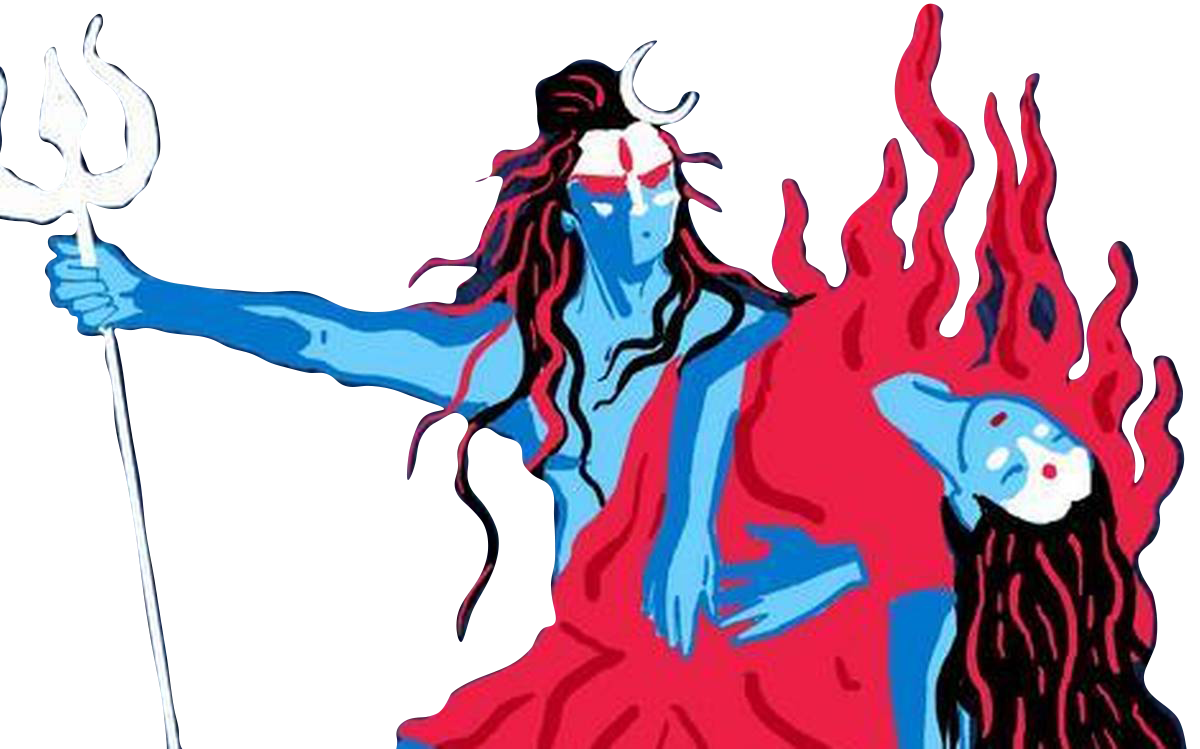 Enraged at the insult and death of his spouse, Shiva in his Virabhadra avatar destroyed Daksha's yajna and cut off his head. His anger not abated and immersed in grief, Shiva then picked up the remains of Sati's body and performed the Tandava, the celestial dance of destruction, across all creation. Frightened, the other Gods requested Vishnu to intervene to stop this destruction. As a recourse, Vishnu used the Sudarshana Chakra on Sati's corpse dismembering the body of Sati into 108 parts, from which 52 fell on earth and others on other planets in the universe which became Shakti Peethas, temple to a form of the Goddess.
Enraged at the insult and death of his spouse, Shiva in his Virabhadra avatar destroyed Daksha's yajna and cut off his head. His anger not abated and immersed in grief, Shiva then picked up the remains of Sati's body and performed the Tandava, the celestial dance of destruction, across all creation. Frightened, the other Gods requested Vishnu to intervene to stop this destruction. As a recourse, Vishnu used the Sudarshana Chakra on Sati's corpse dismembering the body of Sati into 108 parts, from which 52 fell on earth and others on other planets in the universe which became Shakti Peethas, temple to a form of the Goddess.
Shiva is also worshiped at each Shakti Pitha in the form of Bhairava, the male counterpart or guardian of the presiding goddess of the Pitha
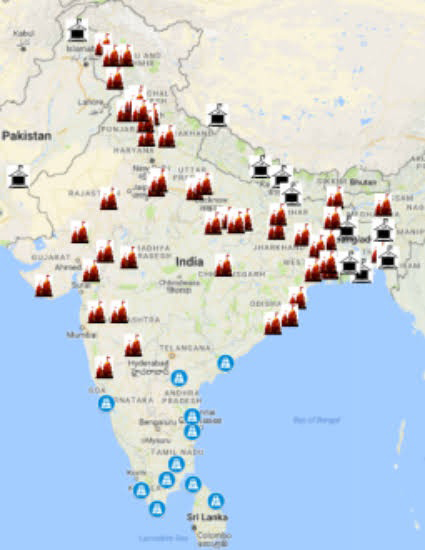 The history of Daksha yajna and Sati's self-immolation had immense significance in shaping the ancient Sanskrit literature and influenced the culture of India. Each of the places on Earth where Sati's body parts were known to have fell were then considered as Sakti Peethas and were deemed places of great spiritual import. Several stories in the Puranas and other Hindu religious books refer to the Daksha yajna. It is an important incident in both Shaivism and Shaktism, and marks the replacement of Sati with Parvati, and of the beginning of Shiva's house-holder (grihastāshramī) life from an ascetic. This event is ahead of the emergence of both of the couple's children, Kartikeya and Ganesha.
The history of Daksha yajna and Sati's self-immolation had immense significance in shaping the ancient Sanskrit literature and influenced the culture of India. Each of the places on Earth where Sati's body parts were known to have fell were then considered as Sakti Peethas and were deemed places of great spiritual import. Several stories in the Puranas and other Hindu religious books refer to the Daksha yajna. It is an important incident in both Shaivism and Shaktism, and marks the replacement of Sati with Parvati, and of the beginning of Shiva's house-holder (grihastāshramī) life from an ascetic. This event is ahead of the emergence of both of the couple's children, Kartikeya and Ganesha.